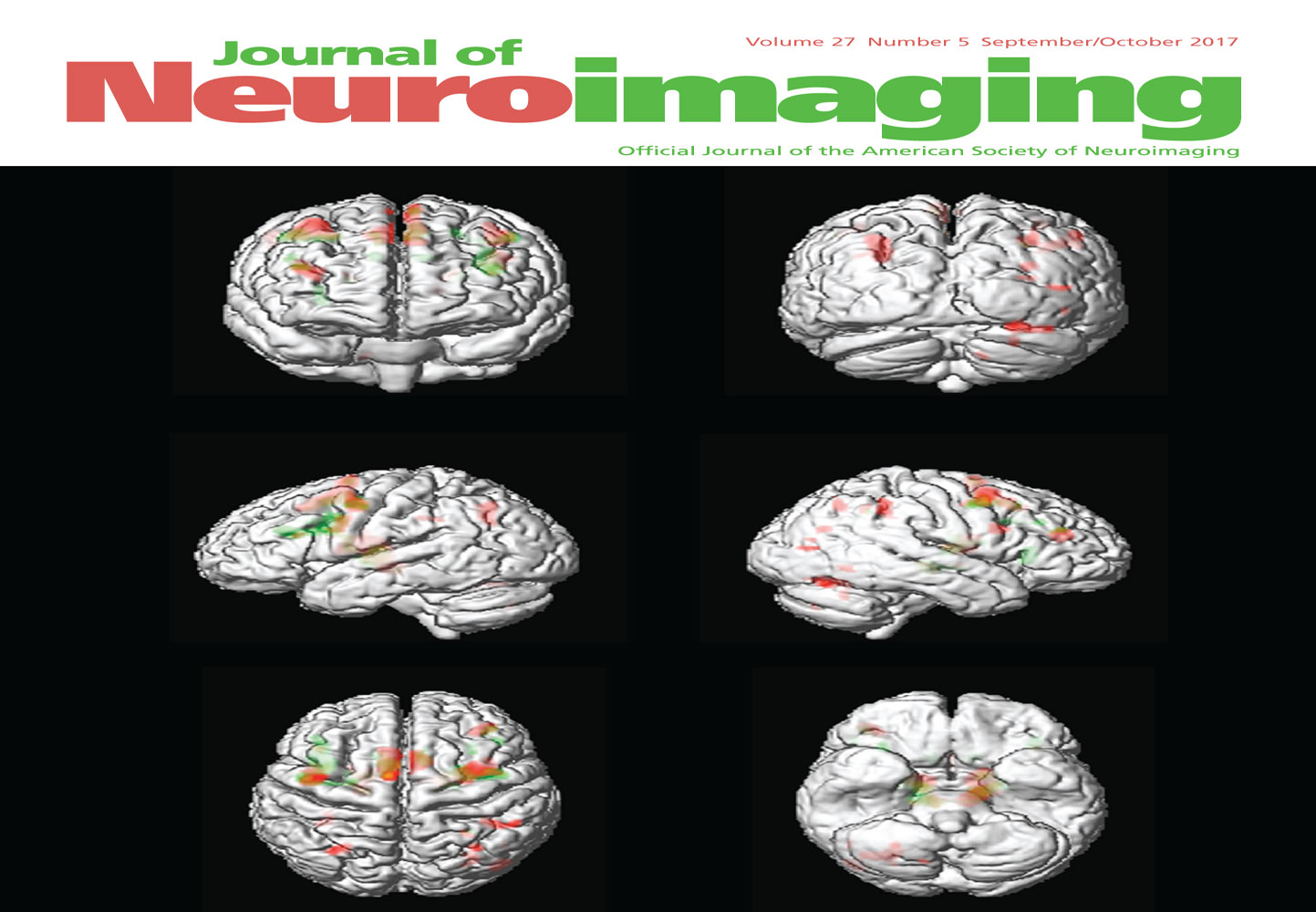A PET-Guided Framework Supports a Multiple Arterial Input Functions Approach in DSC-MRI in Acute Stroke
Disclosure: Jan Sobesky reports the following board memberships, consultancies, and/or payments for lectures including service on speaker's bureaus: Boehringer-Ingelheim, Sanofi, Bayer, Pfizer, and Maquet.
ABSTRACT
BACKGROUND AND PURPOSE
In acute stroke, arterial-input-function (AIF) determination is essential for obtaining perfusion estimates with dynamic susceptibility-weighted contrast-enhanced magnetic resonance imaging (DSC-MRI). Standard DSC-MRI postprocessing applies single AIF selection, ie, global AIF. Physiological considerations, however, suggest that a multiple AIFs selection method would improve perfusion estimates to detect penumbral flow. In this study, we developed a framework based on comparable DSC-MRI and positron emission tomography (PET) images to compare the two AIF selection approaches and assess their performance in penumbral flow detection in acute stroke.
METHODS
In a retrospective analysis of 17 sub(acute) stroke patients with consecutive MRI and PET scans, voxel-wise optimized AIFs were calculated based on the kinetic model as derived from both imaging modalities. Perfusion maps were calculated based on the optimized-AIF using two methodologies: (1) Global AIF and (2) multiple AIFs as identified by cluster analysis. Performance of penumbral-flow detection was tested by receiver–operating characteristics (ROC) curve analysis, ie, the area under the curve (AUC).
RESULTS
Large variation of optimized AIFs across brain voxels demonstrated that there is no optimal single AIF. Subsequently, the multiple-AIF method (AUC range over all maps: .82-.90) outperformed the global AIF methodology (AUC .72-.85) significantly.
CONCLUSIONS
We provide PET imaging-based evidence that a multiple AIF methodology is beneficial for penumbral flow detection in comparison with the standard global AIF methodology in acute stroke.




